Plastic Injection Molding
It’s more common than many people in the Plastic Injection Molding industry think to qualify for the R&D Tax Credit. Many daily activities carried out by employees and supervisors could be generating additional tax savings for companies in the industry. Read on for a little more information about how we analyze the qualifying activities to help steer our calculations during an R&D Study.
Four-part Test
In determining whether an activity qualifies as Research and Development for tax credit purposes, the IRS has put together a list of criteria that must be met, which is commonly referred to as the “four-part test.” The four-part test is as follows:
Permitted Purpose – the activity is intended to result in a new or improved product or process (must be improving the functionality, performance, reliability, or quality)
Technological in Nature – the activity must rely on the principles of physical or biological science, engineering, or computer science
Technical Uncertainty – at the beginning of the activity, the taxpayer must be uncertain as to capability, method, or design
Process of Experimentation – the taxpayer must evaluate one or more alternatives to eliminate technical uncertainty (e.g., modeling, simulation, or systematic trial and error)
Anyone who is actively performing, supervising, or supporting an activity that meets all four parts will have qualifying R&D time that factors into calculating the R&D tax credit.
Qualifying Activities
Many different activities qualify as Research and Development for tax credit purposes in Plastic Injection Molding businesses. Companies that design, develop, and test new or improved prototypes, molds, fixtures, or processes qualify for the R&D Tax Credit. Any time your company experiments with or tests new parts or improves existing parts regarding performance or reliability, R&D is occurring. Utilizing CAD, modeling, and simulation of new or improved parts or sequencing/resequencing operations to increase production and decrease cycle times also supports the R&D process. Other qualifying activities include:
Developing new or improved manufacturing processes or automating existing processes
Developing new or improving existing techniques for plastic injection or rotational molding
Developing new machines, fixtures, and tools for manufacturing and production
Developing new composite materials, procedures for heat-treatment, and components
Time spent directly performing, supporting, or supervising these activities would qualify as an R&D activity for the purpose of the tax credit. Adams Consulting works with your company to identify the qualifying activities your business engages in on a regular basis. We document those efforts through an R&D Tax Credit Study.
Qualifying Titles
The IRS applies weight to certain job titles in relation to qualifying activities, assuming that such job titles indicate the daily responsibilities of the employee. The following job titles are only some examples of those associated with R&D activities in the plastic injection molding industry:
Analytics Engineer
Clinical Support Specialist
Database Architect
Discovery Biology Specialist
Drug Safety Specialist
Engineering Technician
Hardware Engineer
Laboratory Manager or Technician
Maintenance Technician
Network Engineer
Pharmacological Associate
Product Engineer
Regulatory Operations Associate
Research Associate or Information Specialist
Software Engineer, Developer, or Programmer
System Analyst
Non-qualifying Activities and Titles
Some activities and titles do not typically qualify for the R&D tax credit. Examples of non-qualifying activities are:
Research related to style, taste, cosmetic, or seasonal design factors
Research in the social sciences, art, or humanities
Research conducted outside the United States
Research that is wholly funded by grant or contract
Adaptation or duplication of existing business components to meet a particular customer’s requirements
Surveys (e.g., efficiency surveys, management surveys, market research, routine data collection, and routine quality control)
Examples of titles not usually associated with R&D qualifying activities would be:
HR
Purchasing
Marketing
Other soft-science related areas
Adams Consulting works with your company to identify which employees and activities qualify for the R&D Credit. We then thoroughly document those activities and the functions of those individuals involved as part of the R&D study.
Reach out today for a more complete picture of how the daily activities of a company in the Plastic Injection Molding industry can take advantage of additional tax savings by claiming the R&D Tax Credit.

